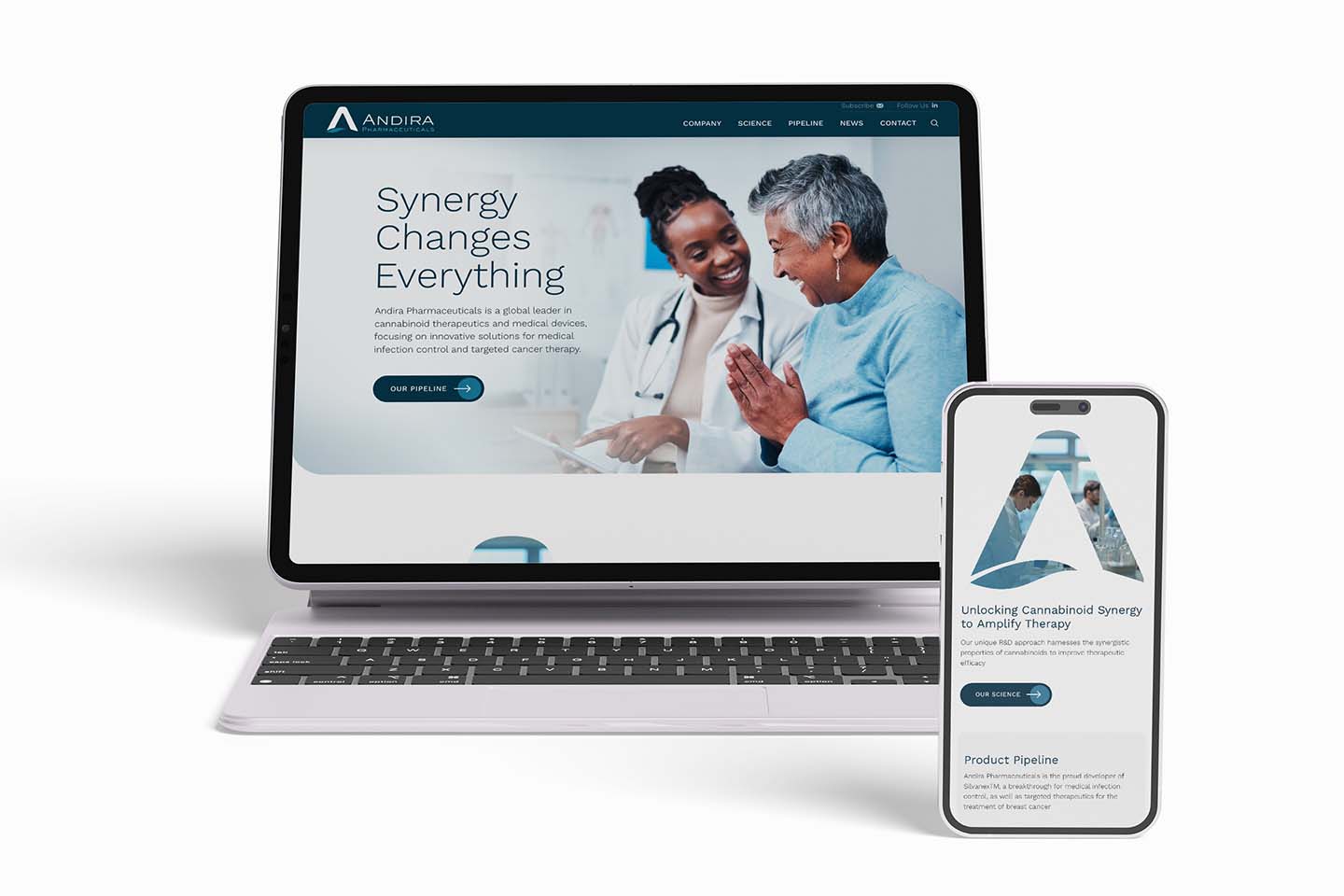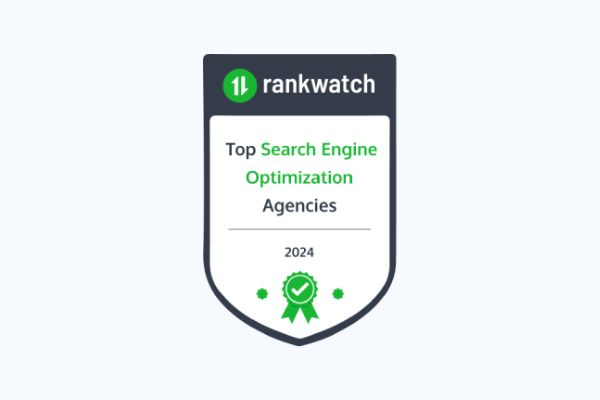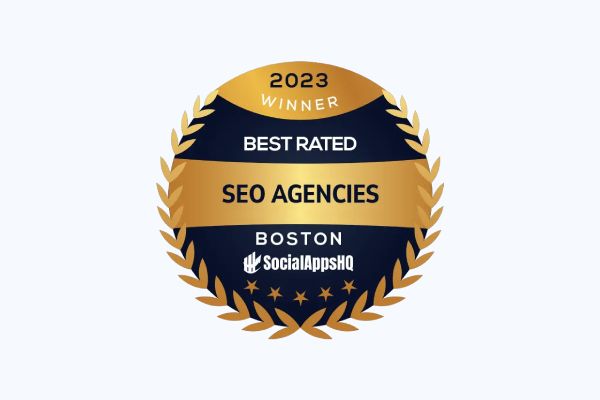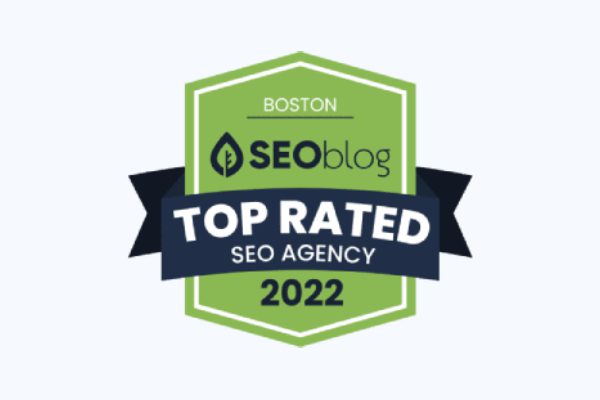Do you have a keyword strategy for your website? Most bloggers, content creators, and web developers keep keywords and SEO in mind as they create content. But what are they trying to do, and what strategies do they use to get there?
The goal of SEO is simple:
Get more organic (unpaid) traffic from search engines. The Google algorithm is a massive, secretive beast. And while we can never know all its secrets, we can have a strategy to get inside its lair. One of the primary weapons is the keyword. Effectively using keywords requires more than guesswork. Research, monitoring and analyzing data, and continuous refinement should all be part of a comprehensive strategy to identify and leverage keywords that bring in more and better traffic.
SEO and keyword strategies aren’t one-size-fits-all, but here are some basics that every marketer and content creator would be wise to follow. Also check out our Monster SEO Checklist once you have created your website’s keyword strategy.
1. Understand your Audience and Niche for your Website’s Keyword Strategy
Your audience isn’t just a bunch of demographics, especially when it comes to SEO. As keywords focus on the language of how people search online, you need to understand their level of knowledge, the words and terminology they use, and how they ask questions. With the rapid uptick in mobile and voice recognition technology, you’ll want keyword phrases that use natural-sounding phrases that will mirror the search terms they ask.
The most direct way to gain insight into potential search terms is by talking with your customers and asking your sales for customer insights. Other ideas looking at industry blogs, publications, online communities, and social media channels—and especially the comments provided by readers.
2. Study search intent for the keyword strategy for your website.
Beyond knowing your audience, you have to know why they’re looking online. Google’s algorithm used to just match, as precisely possible, keywords and terms with user queries. Period. With sophisticated machine learning, Google is no longer just looking at the key terms themselves. Instead, their emphasis on the context of words and the searcher’s intent—why they are searching on a specific term. For example, are they looking for a particular website? Do they want to buy something? Or do they need a question answered by an expert?
The better you understand your audiences’ pain points and information needs, the closer you are to identifying relevant keywords that match your target audiences’ intent.
3. A successful keyword strategy for your website includes relevant topics, and topic clusters.
Now that you have a better handle of your audiences’ search intent, make a long, varied list of company goals, brand qualities, products, areas of expertise, and marketing goals. The goal here is to identify what your website offers and put them into perhaps three to five major buckets. These “topic clusters” should and align with what’s most important to your business and your ideal customers’ needs. Underneath these clusters you will gather smaller, related topics to form sub-clusters. This “organized brainstorming” will form the basis of your keyword research.
4. A keyword strategy for your website includes seed keywords and long-tail keywords.
Next in the process, you’ll need to brainstorm and identify “seed keywords” (or focus keywords), which are terms you think your target audience will search on within your topic clusters. Remember that they may be searching by typing or by voice recognition. Think of about 50-100 options and put them in a database, SEO tool, or even an Excel spreadsheet so you can track which ones you use, where you have used them (which web page), and how successful they are in attracting visitors.
You can get new ideas for keywords by typing in possible keywords and seeing what else pops up on the Google SERP under “People Also Ask” and “Related Searches.”
5. Select ideal keywords for your website.
Now you have a good idea of the direction you’re heading in. It’s time to narrow down your options to find the most ideal terms for each webpage—one that has immediate relevance to your business. If you’re in the top echelon of your niche, you can try ranking for the high-volume search terms. For the vast majority of companies, though, you’ll want to stick with terms that have low to medium difficulty. This usually means focusing on long-tail keywords. In addition, continue building upon keywords that you’re already ranking on to gain further momentum.
6. Learn about your competitors.
In addition to identifying your business’s potential keywords, you’ll need to research your competitors. Are you missing out on high-ranking phrases that your competitors are using? Try inputting your keywords into Google and see who comes up on top. Is there a “hole” in your niche that you can fill and easily rank on? Is there a term that brings out your uniqueness?
Start by using your free Google Search Console and Keyword Planner, where you can find loads of potentially valuable keywords and build out your keyword strategy. Plus, there are great paid SEO software tools to choose from, such as Ahrefs, SpyFu, SEM Rush, and Moz.
7. Find a tool for keyword tracking.
Some of the key advantages of using such SEO and keywords tools is that you save time and get a more complete understanding of what’s working for you and what isn’t. Instead of a spreadsheet, you’ll have a visual, easy-to-understand picture of your keyword strategy progress—your SERP position, page traffic, new and repeats visitors, and more. With this information in hand, you can more precisely refine your keyword strategy over time.
There are many choices in this space, so you need to think about how you’ll use the tool, what your goals are, and what your budget is. Some small companies find that an Excel spreadsheet serves their purposes. If not, many keyword tools have free or trial versions you can try out. Google Analytics is a great place to start and may provide some search metrics to help identify who is coming to your website, where they are coming from, their landing pages, what they do once they are there and more.
8. Carefully compose Your Google snippets.
Listing on SERPs. Are called Google snippets, and there are many strategies for optimizing them. Here are some basics:
Title Tags:
Also called SEO titles, these are the clickable blue titles (not the titles that your visitors see on the webpage). The title tag should be a clear, appealing description of your page that is 70 characters or less. Include your business, brand name and specific keywords.
Meta Description:
Your meta description, the text right under the title tag, gives more insight into the page. Write for humans, but keep SEO in mind by including keywords. Keep the description under 160 characters.
Front End and Back End SEO: The Secret to Search Engine Rankings
9. Image Name & ALT Tags
The images on your website have “behind-the-scenes” info that counts toward SEO and your keyword strategy. Include keywords in the name of your image and in the ALT tag that describes the image.
10. On-Site SEO Elements for Keyword Strategy
In addition to the off-page elements discussed above, keywords in the on-page content that users see and interact with are also important for SEO. Some of the most important items include:
Internal Links:
This is where your topic clusters and sub-clusters come into play for your keyword strategy. Each of your pages should link to other related, relevant pages that provide visitors with more resources on the topic. A strong linking strategy keeps people on your website, helps search engines learn about your site, and builds the authority factor that Google looks for.
Header Tags:
Your H1 heading tag is the main title that users see on the page. Each page has only one, and it should include the keyword. Next in the heading hierarch are H2 tags, or main subheads. Include H2 headers at least every few paragraphs, including keywords (or synonyms). Heading tags go through H6, helping Google understand the content and context of each page and website as a whole.
Emphasis and points-of-interest:
Bold, italics, callouts, bullets, and other techniques are valuable to help readers identify important details and help them find the specific information they want—encouraging them to read further down the page and stay on your site longer.
11. Publish more, fresh, and higher-quality content.
The number one factor for SEO is having relevant, high-quality, valuable pages so readers engage more—in turn sending positive user experience messages to Google. Search engines also reward websites with in-depth information on topics—another reason to harness your topic clusters and internal links.
Up-to-date and fresh content gives search engines more pages to index and reinforces to Google that you are not letting your website slide. This is a key reason why people blog. In addition to written content to your site, you can add industry articles, tutorials, how-to guides infographics, videos, podcasts, and other helpful content.
12. Off-site optimization (aka Link Building) to assist the keyword strategy for your website.
External links, also called backlinks, are the most valued SEO tactic. When another site links directly to yours, it’s a sign that the other site thinks your page is valuable enough to recommend it to their readers. The best backlinks are from authoritative sites, not low-quality or spammy sites, and certainly not from “link farms.”
It’s not always easy to get backlinks, but here are some effective techniques:
Guest blogging, where your bio links back to your site.
Links from partners, vendors, and suppliers.
Profiles and citations in local, industry, and key national directories and guides.
Get Started on improving the keyword strategy for your website.
The suggestions in this post should help you either get started with SEO or take your local SEO strategy one step further along. By digging deeper into these ideas and putting them into practice, you’ll be on your way to getting more traffic—and customers.









